Before introducing a new cat to your household, it’s important to understand feline behavior. Cats are territorial animals and may feel threatened by a newcomer. Recognizing the signs of stress or aggression in your existing pet can help you manage the introduction process more effectively. Cats communicate through body language, and knowing what to look for, such as tail position or ear movement, can provide insights into how they are feeling.
Choosing the Right Time for Introduction

Timing is crucial when introducing a new cat to an existing pet. Ensure both animals are healthy and that you’ve allocated enough time to supervise the process. Avoid introducing a new cat during times of change or stress, such as a house move or when your existing pet is recovering from an illness.
Initial Preparation: Creating Separate Spaces

Before bringing the new cat home, prepare a separate sanctuary space where they can acclimate to their new environment without the pressure of immediate interactions with other pets. This area should include food, water, a litter box, and safe places to hide or climb. Isolation allows the newcomer to gradually adjust and ensures that the existing pet’s territory feels less threatened.
Scent Swap: Familiarizing Through Smell

Cats rely heavily on their sense of smell. To begin familiarizing the cats with each other, swap their bedding or use a soft cloth to transfer scents from one cat to the other. This helps each cat become accustomed to the other’s scent, which can reduce the perceived threat when they meet face-to-face.
Controlled Visual Introductions

Once both cats seem comfortable with the scent exchange, allow them to see one another through a barrier like a baby gate or a slightly ajar door. This allows for visual interaction without physical contact. Observe their reactions and look for signs of curiosity rather than fear or aggression.
Gradual Physical Introductions

When both cats seem relaxed during their visual exchanges, it’s time for supervised physical introductions. Keep these meetings short and positive, gradually increasing the duration as their comfort levels grow. Use treats or play to create positive associations during these interactions.
Recognizing and Managing Stress
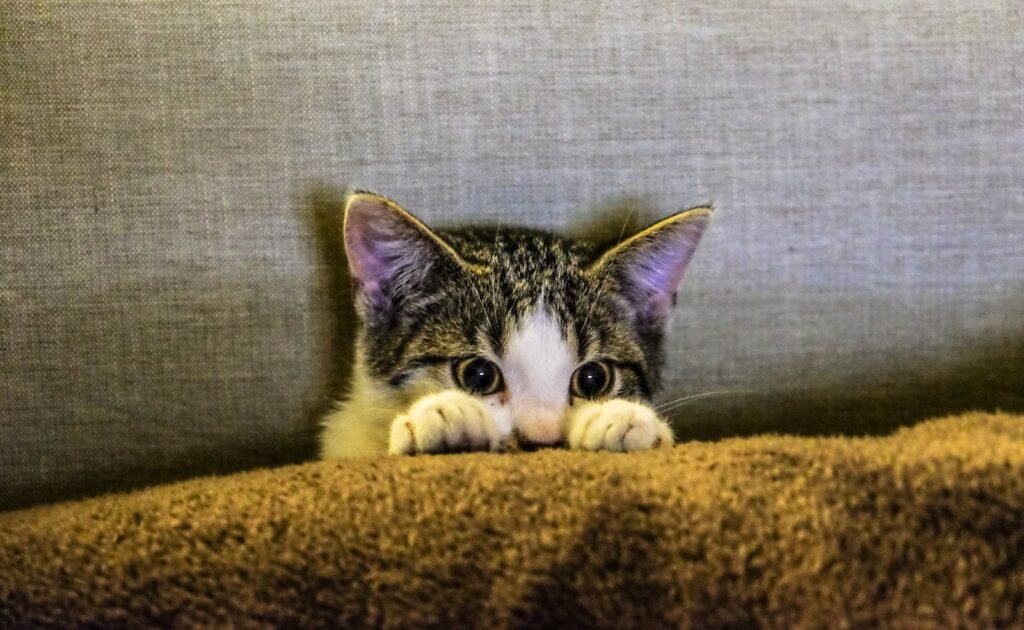
During the introduction process, be vigilant for signs of stress in either pet, such as hiding, refusing to eat, or changes in grooming habits. If stress levels rise, it may be necessary to separate them and return to earlier stages of the introduction process.
Facilitating Positive Interactions
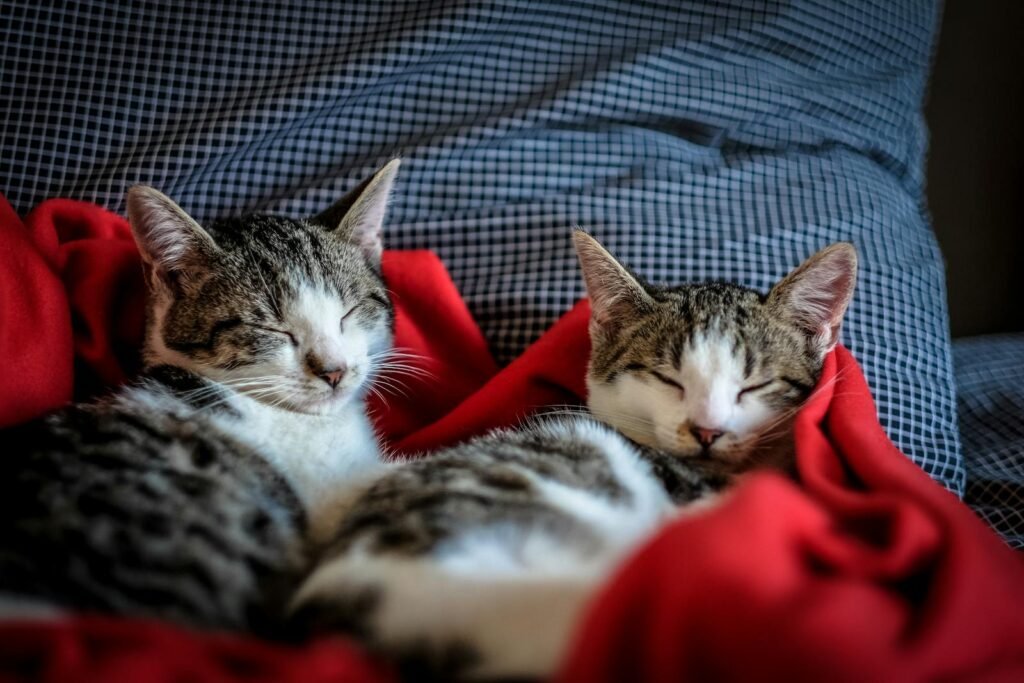
Encourage positive interactions by engaging both cats in joint activities, such as feeding them on opposite sides of a barrier or playing interactive games while they are near each other. Providing simultaneous treats or affection can reinforce positive feelings when they are together.
Using Desensitization Techniques
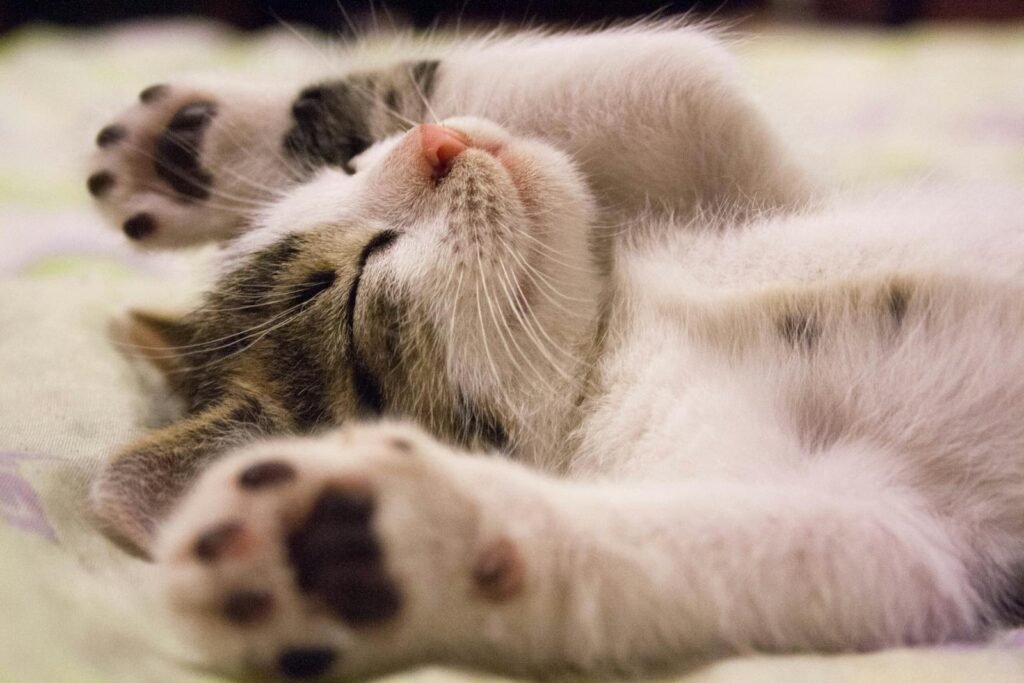
If initial introductions prove challenging, desensitization techniques may help. Gradually increase the amount of time the cats spend near each other without direct interaction, using sight and scent as a basis for comfort. This approach requires patience but can lead to a more harmonious relationship.
Seeking Professional Guidance
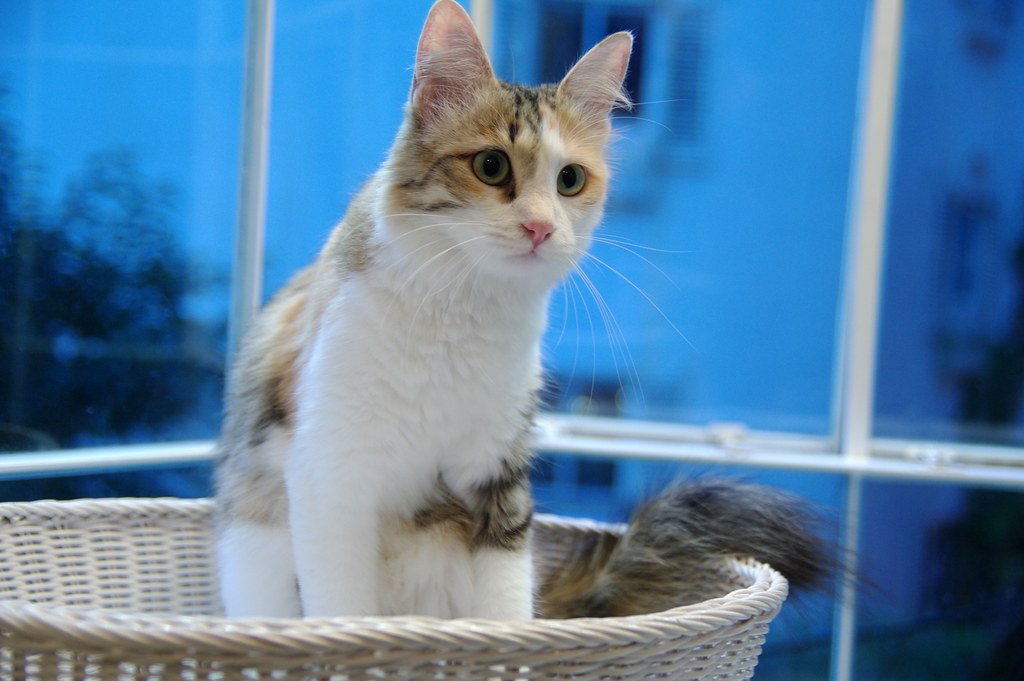
If despite your best efforts, the cats fail to adjust, consider seeking advice from a professional animal behaviorist. An expert can provide tailored strategies that take into account the specific personalities and needs of your pets, ensuring a smoother integration process.
Maintaining Ongoing Peace and Harmony
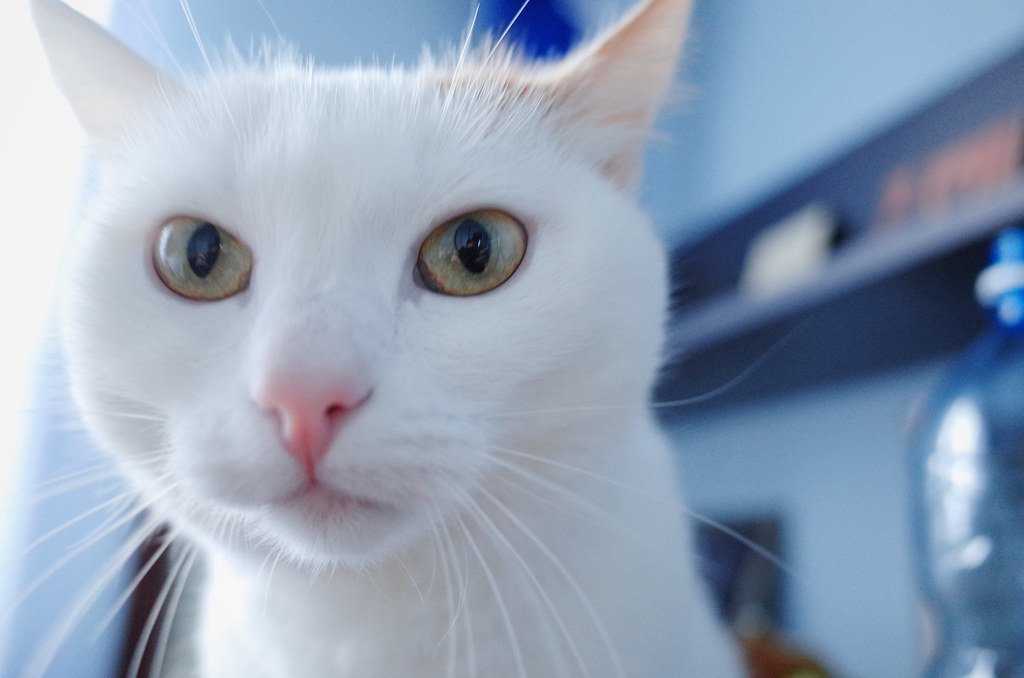
Once the cats have acclimated to each other’s presence, maintaining their peaceful coexistence is crucial. Ensure each cat has access to their own resources, like food bowls and litter boxes, to minimize competition. Continue to monitor their interactions and provide ample affection and playtime individually to maintain low stress levels.
Hi, I’m Bola, a passionate writer and creative strategist with a knack for crafting compelling content that educates, inspires, and connects. Over the years, I’ve honed my skills across various writing fields, including content creation, copywriting, online course development, and video scriptwriting.
When I’m not at my desk, you’ll find me exploring new ideas, reading books, or brainstorming creative ways to solve challenges. I believe that words have the power to transform, and I’m here to help you leverage that power for success.
Thanks for stopping by, Keep coming to this website to checkout new articles form me. You’d always love it!






